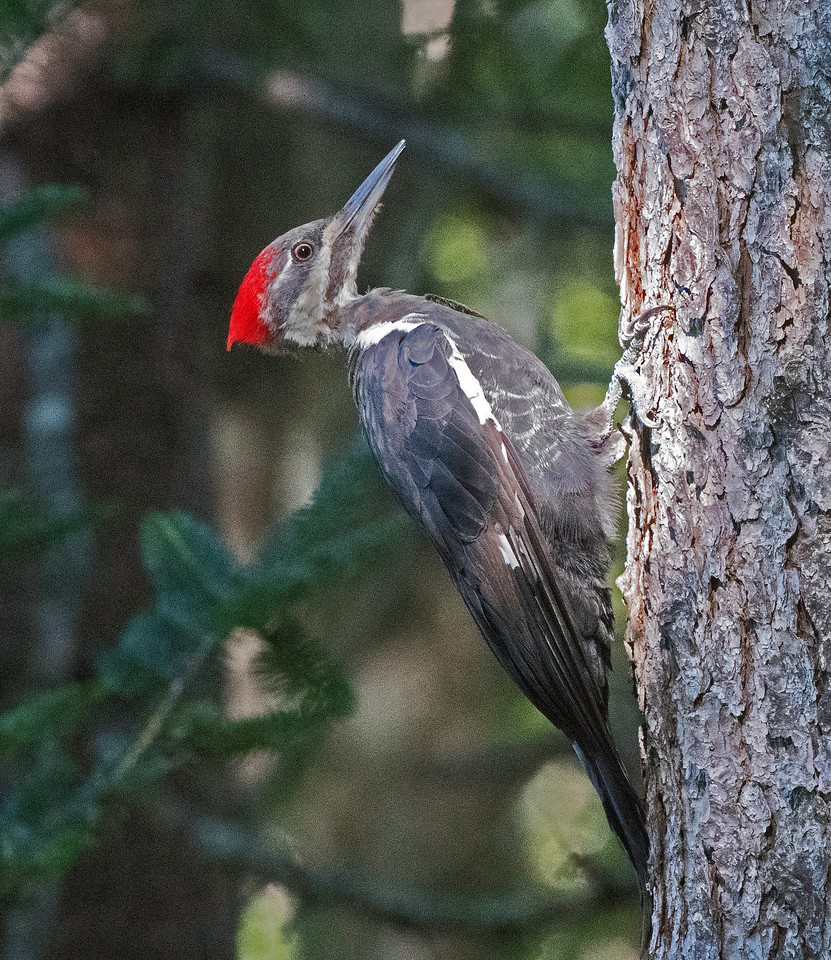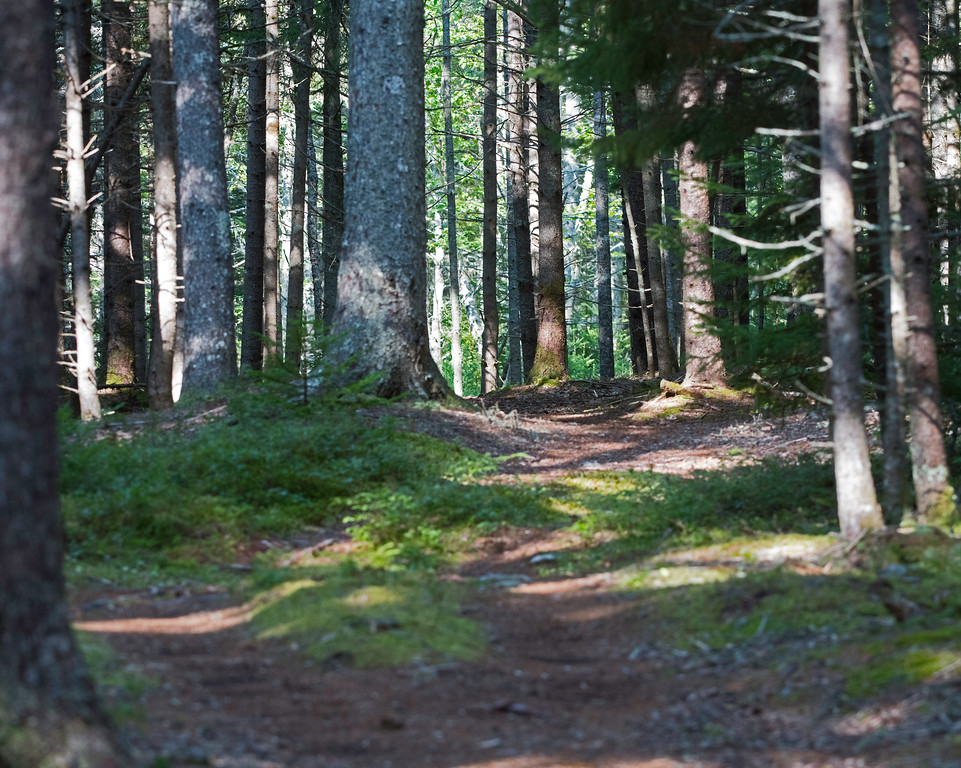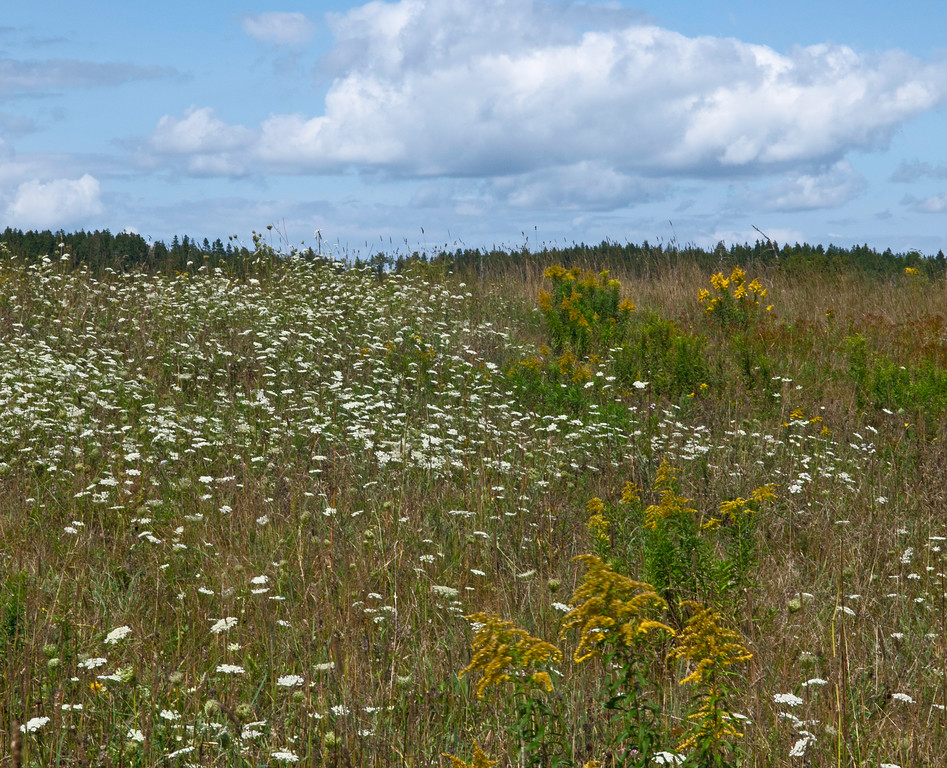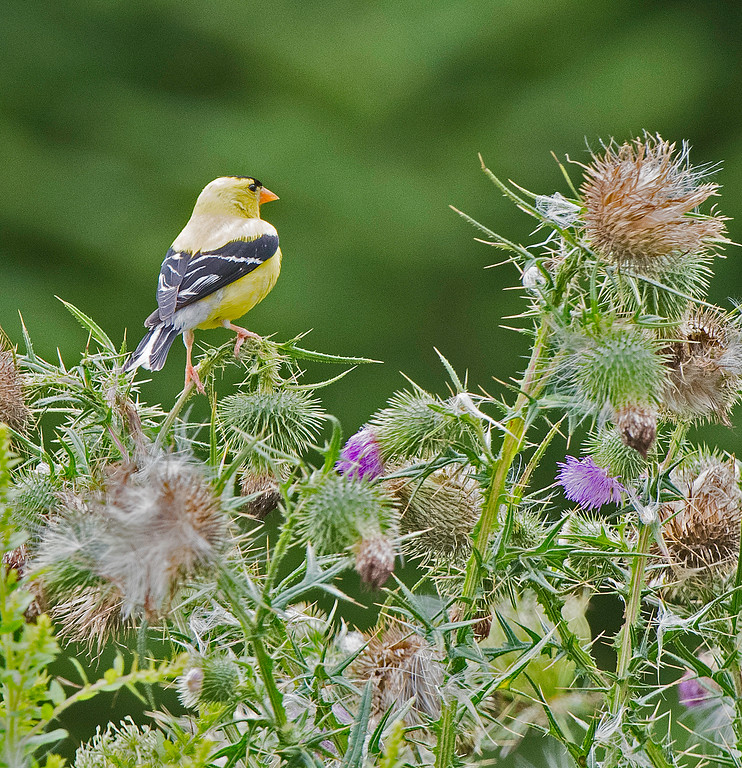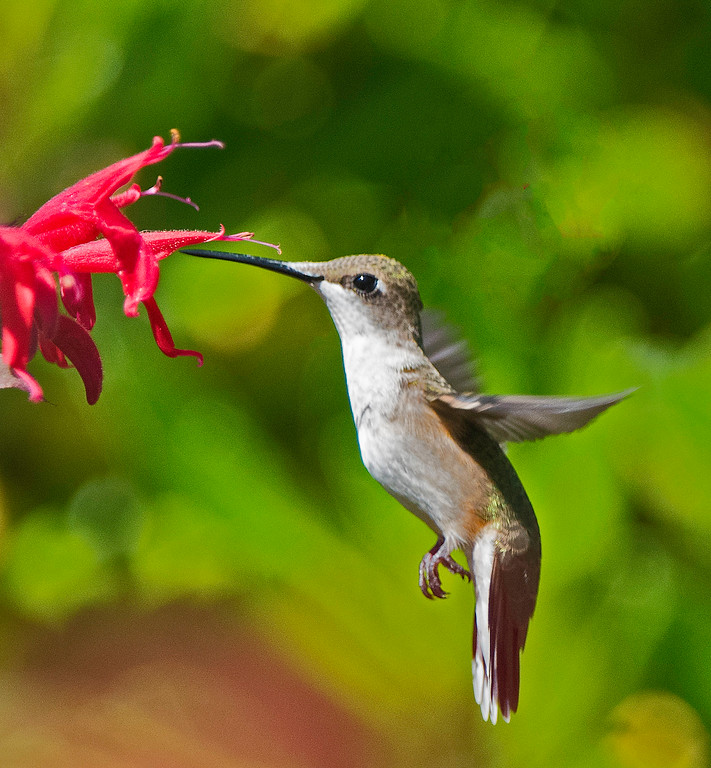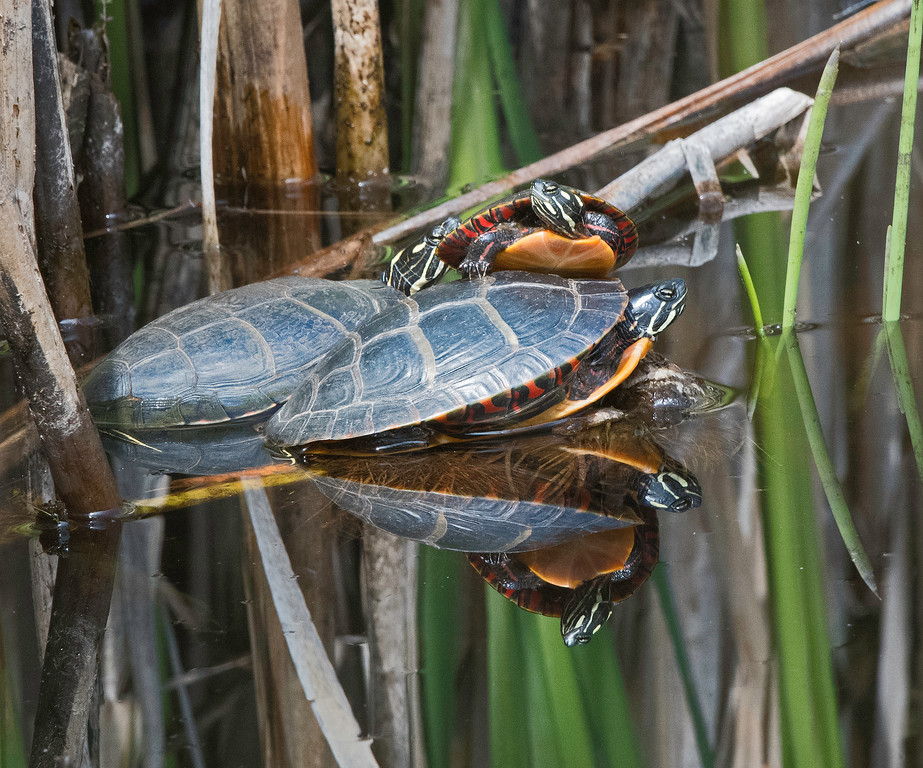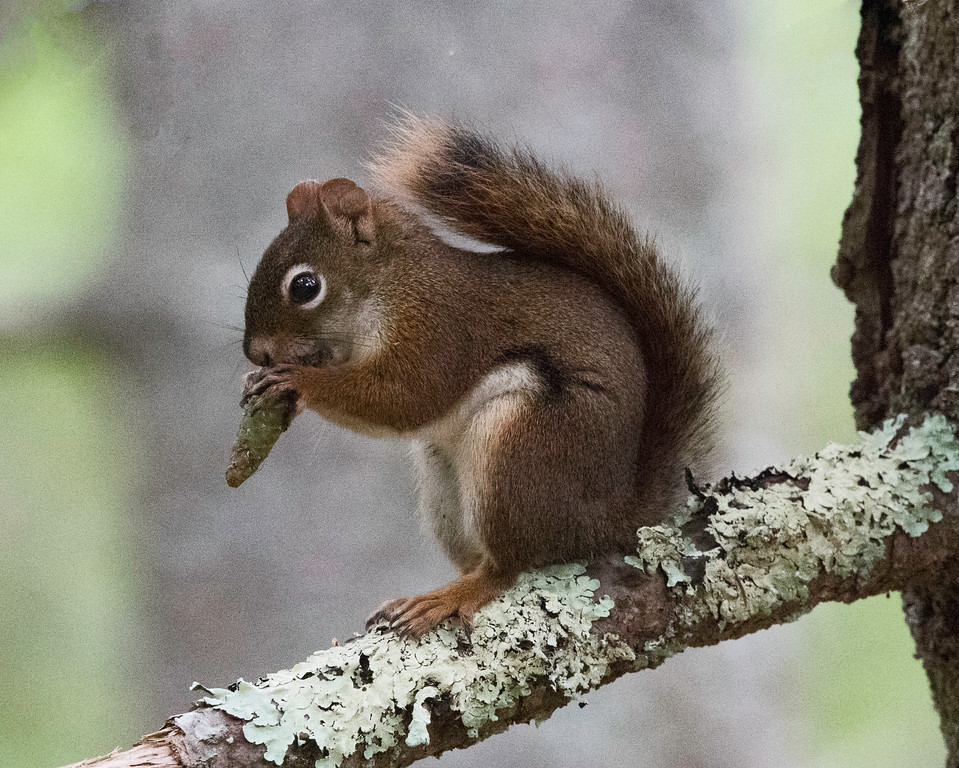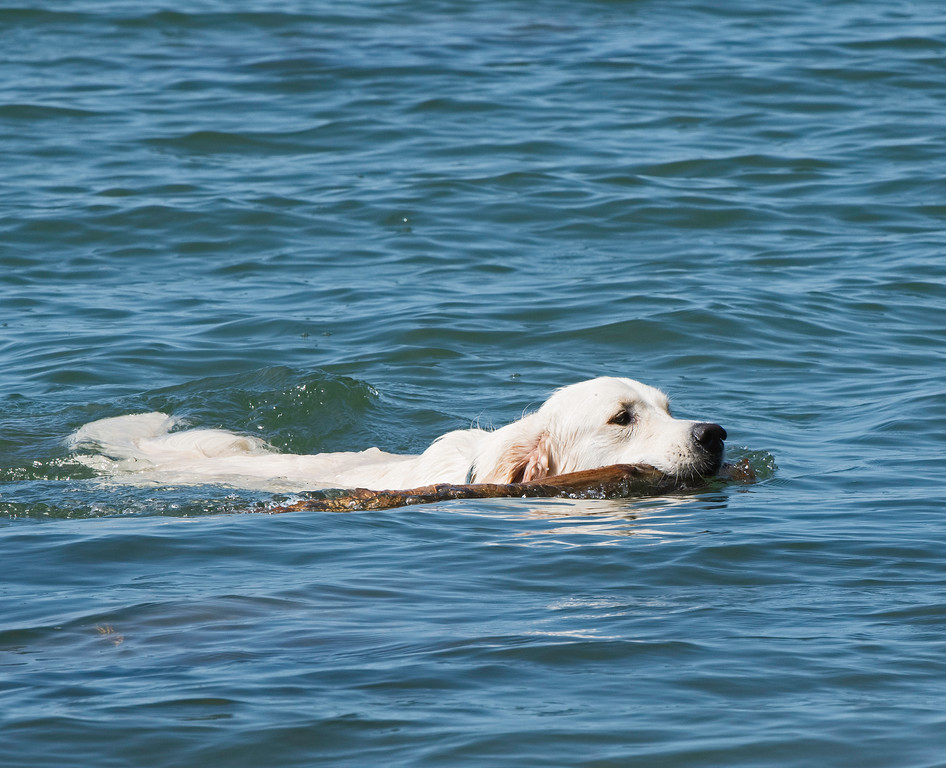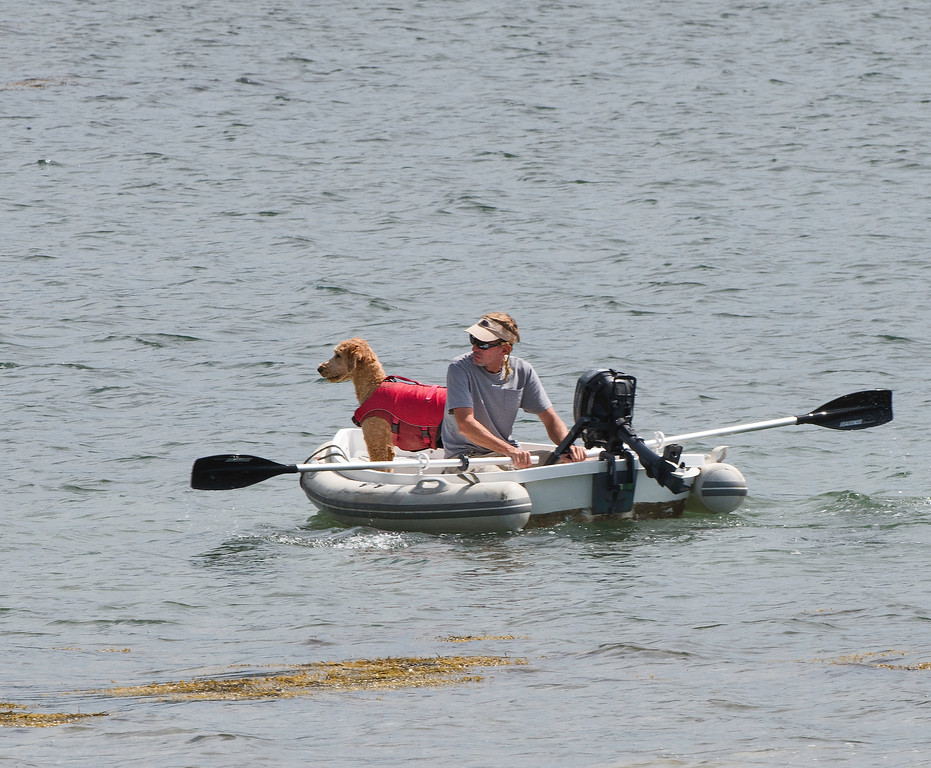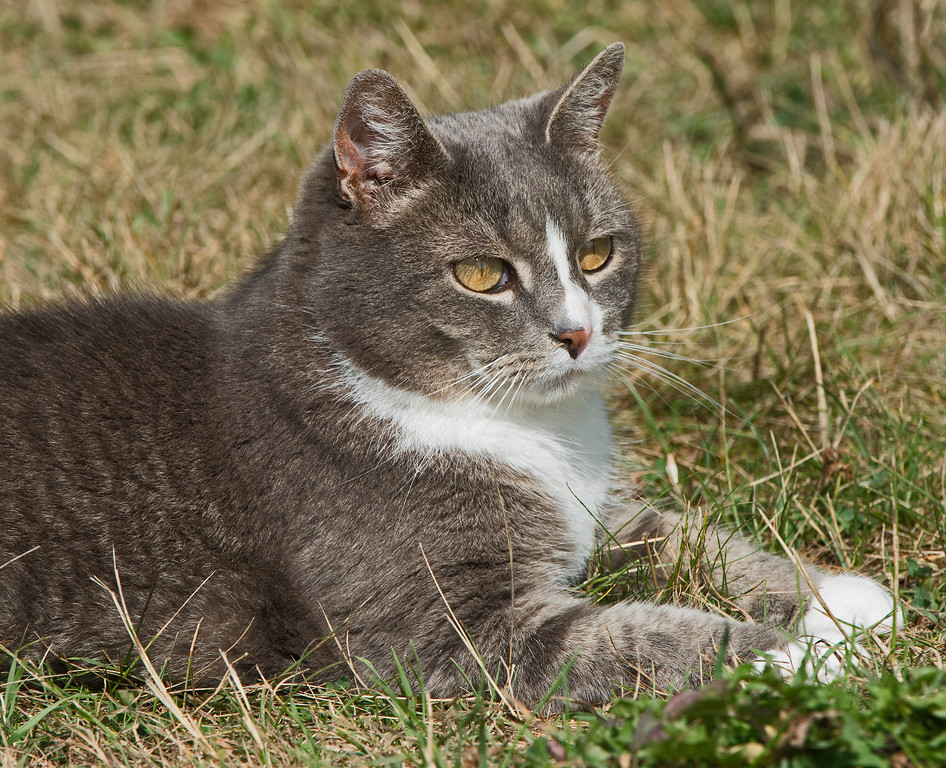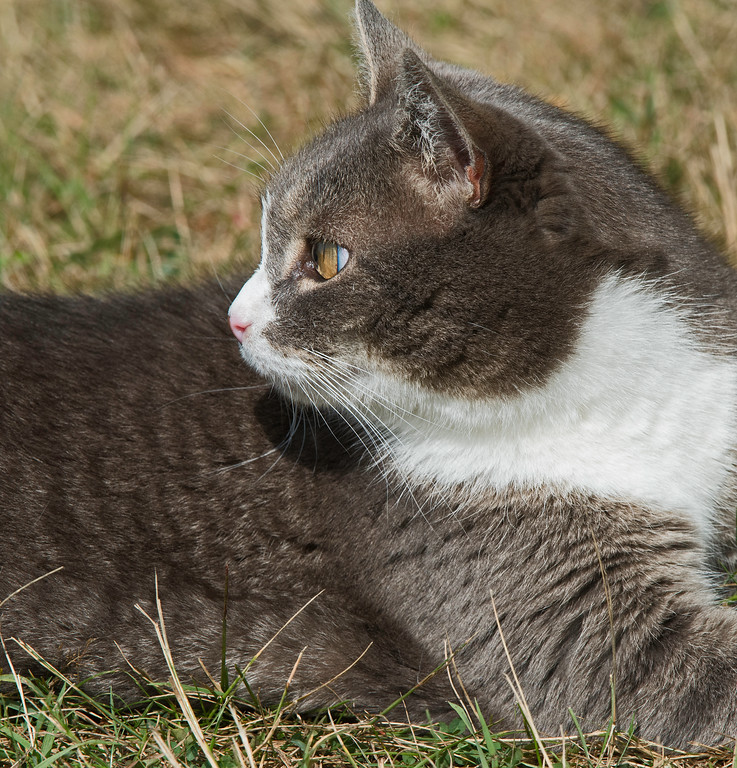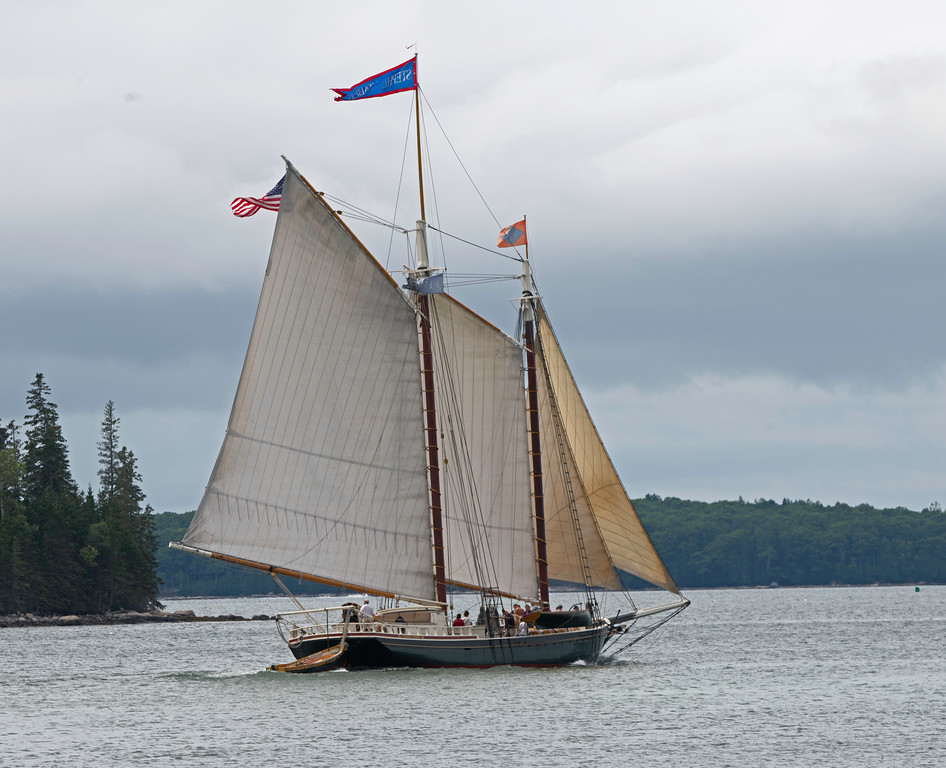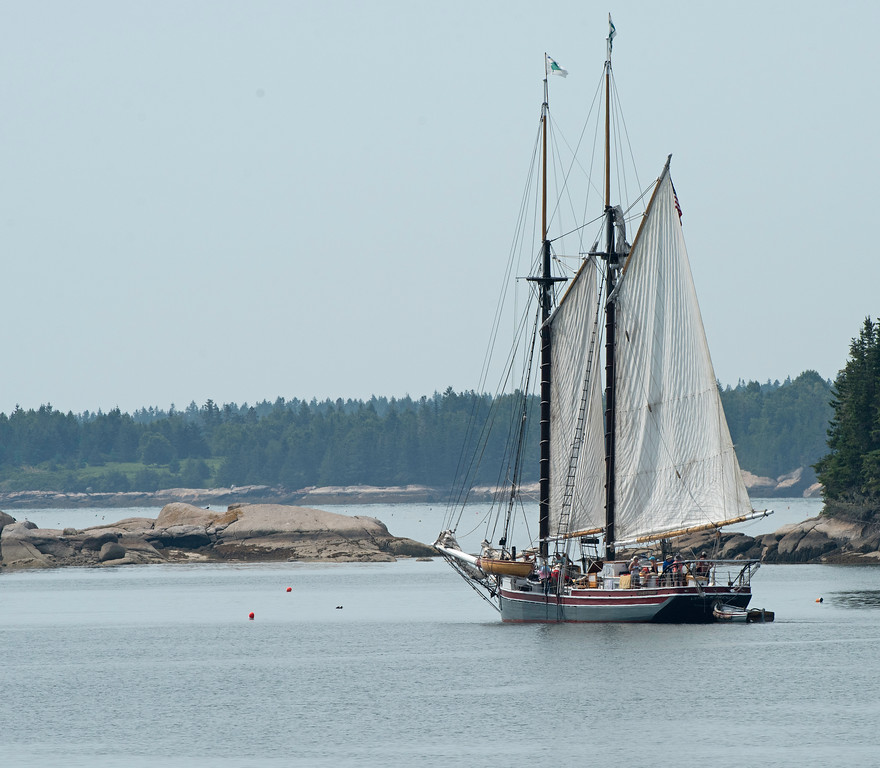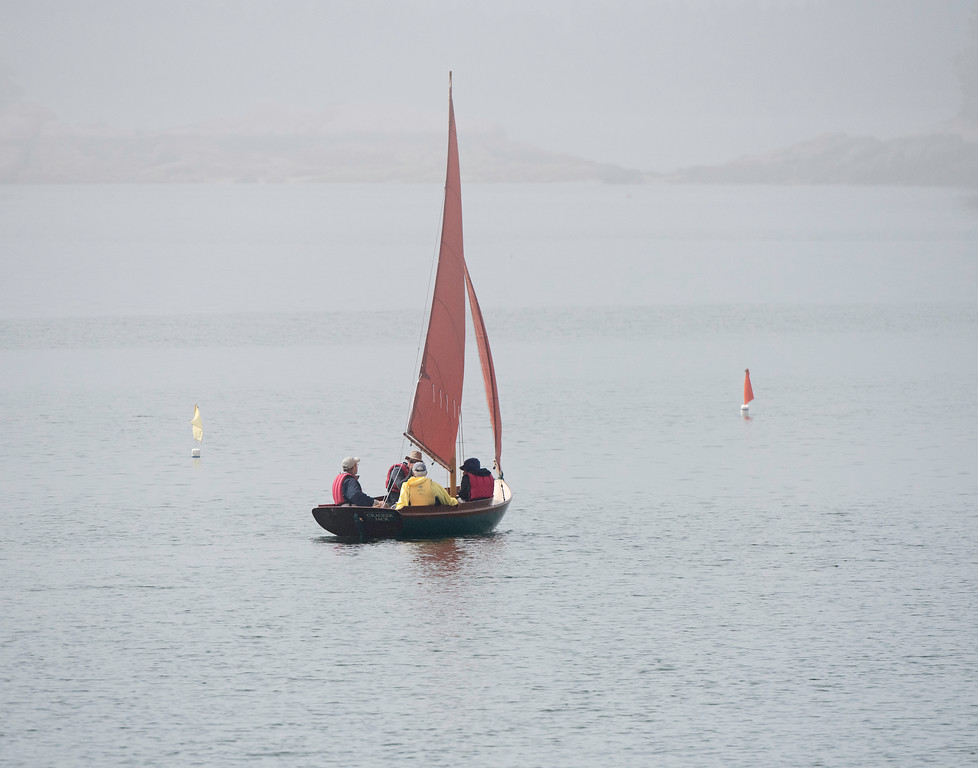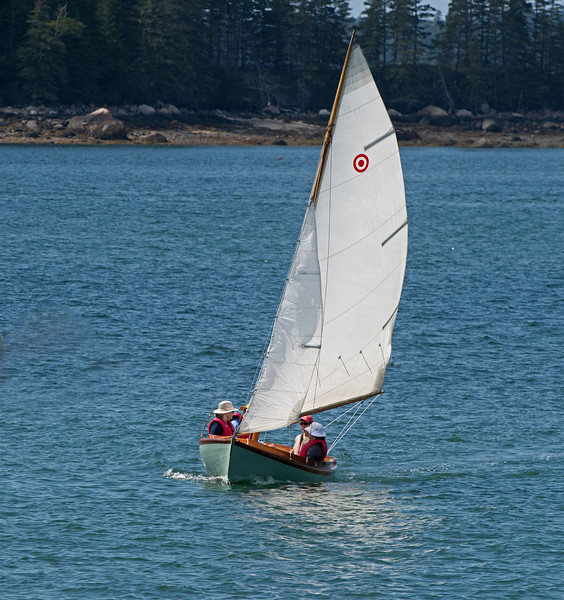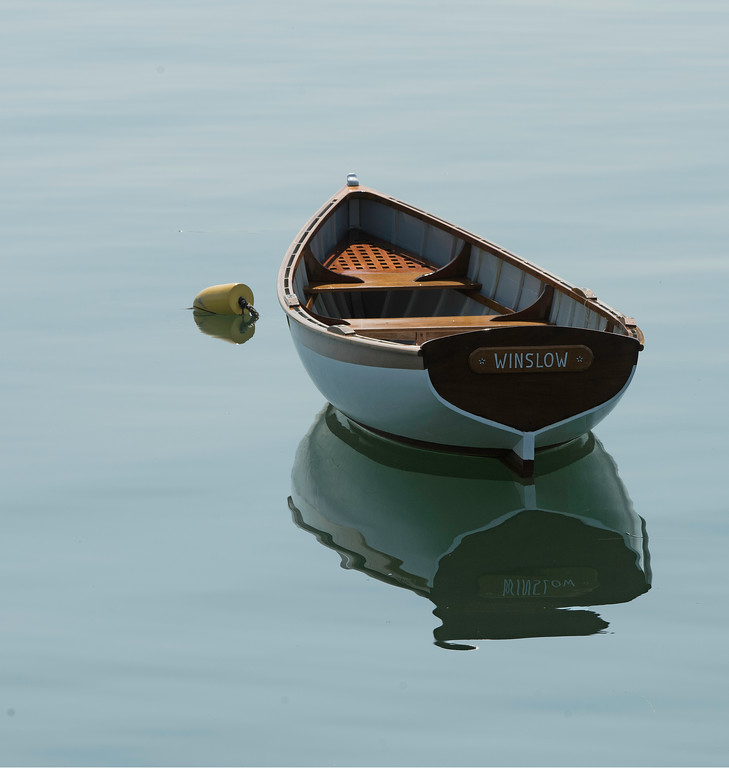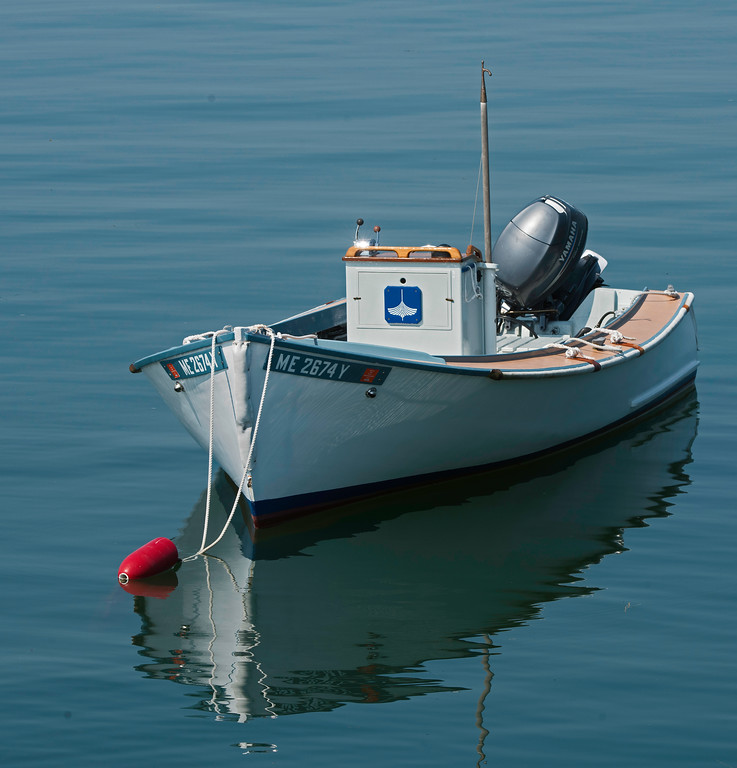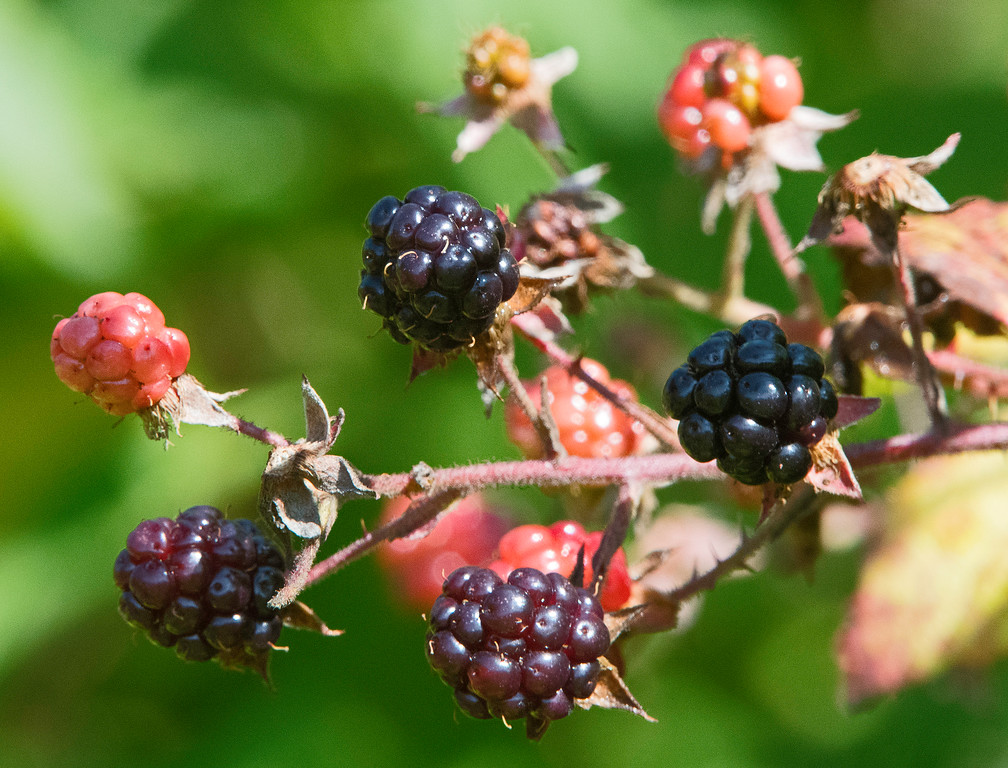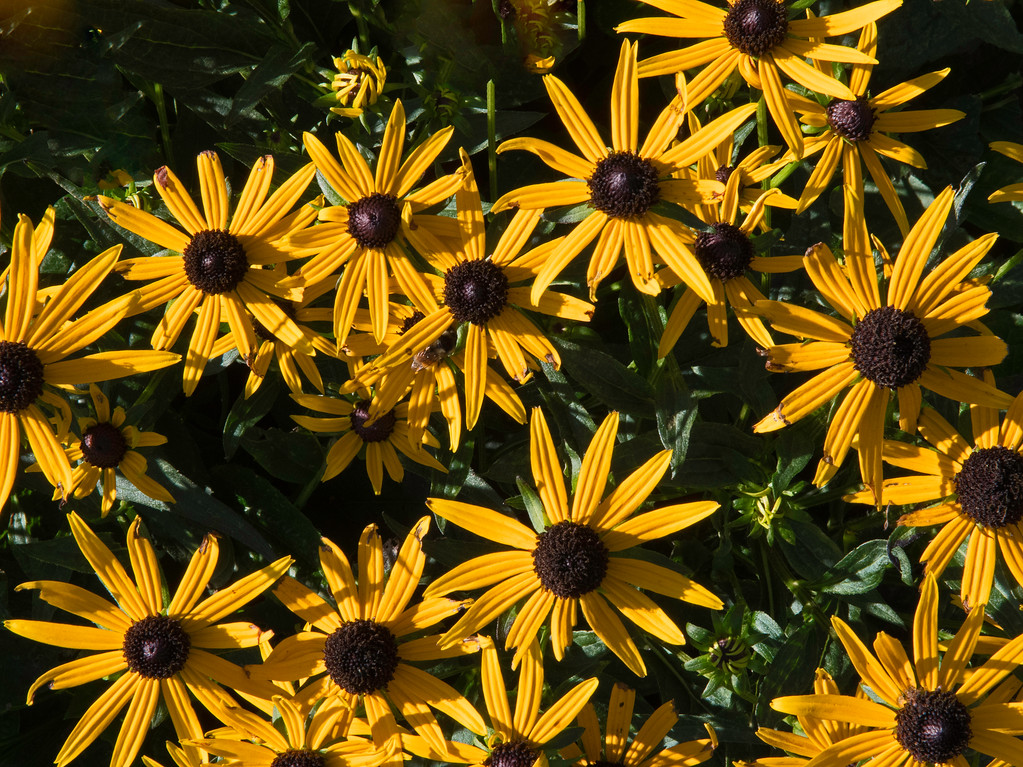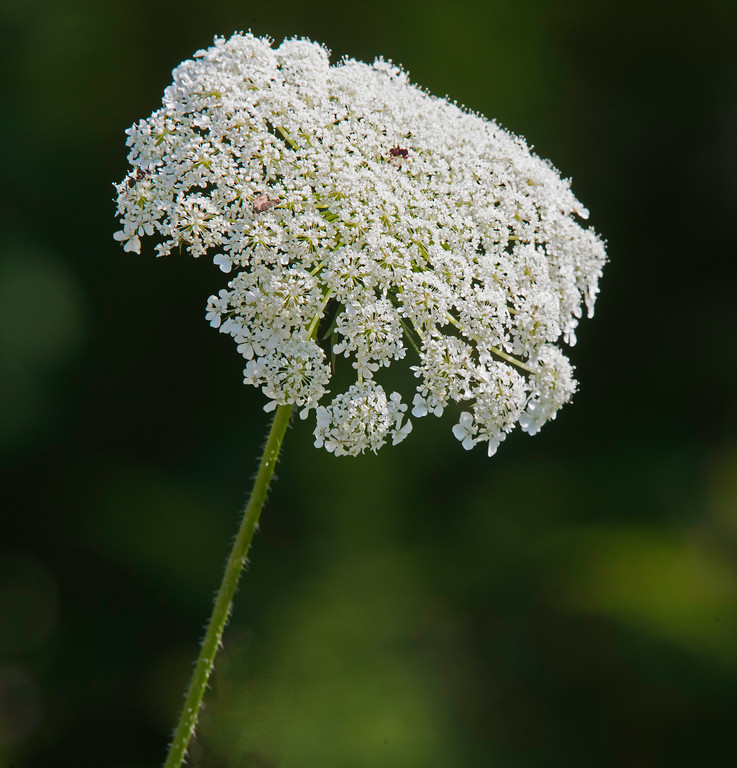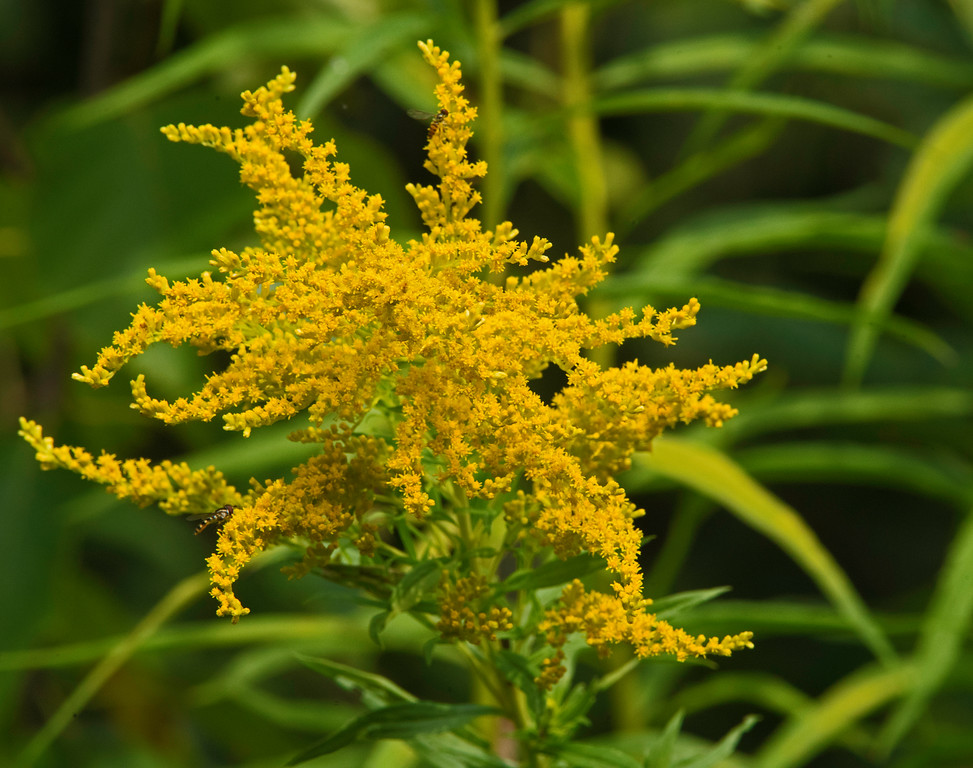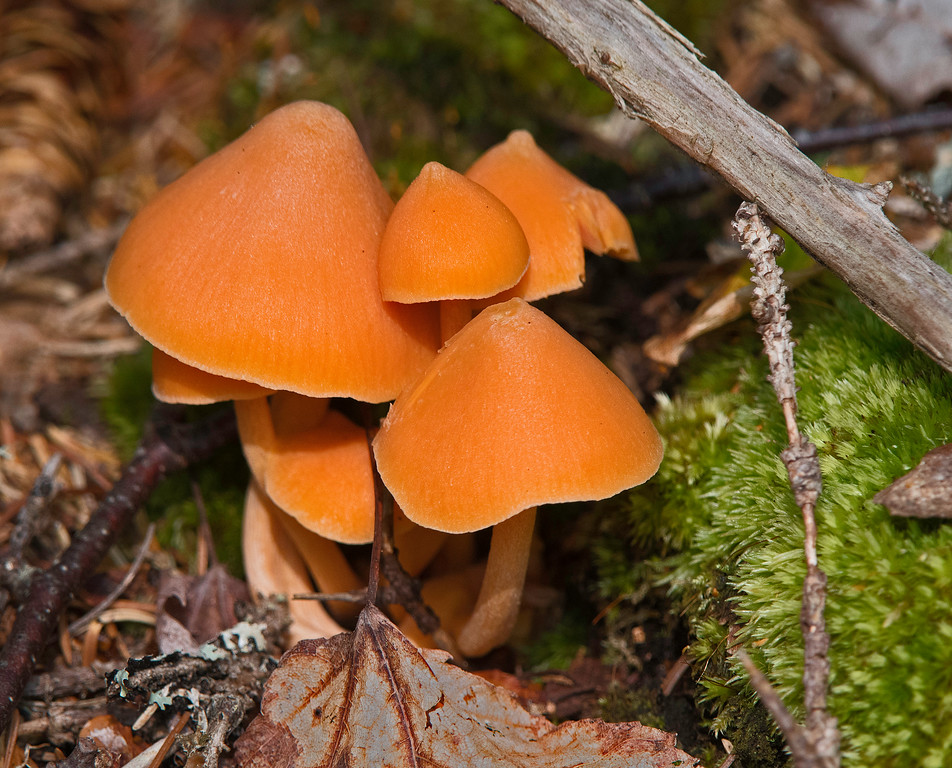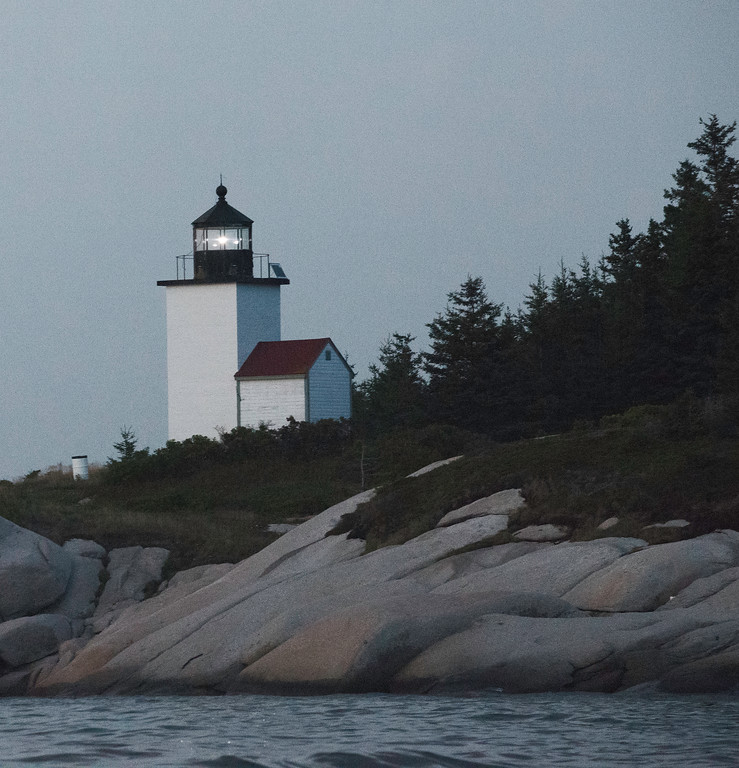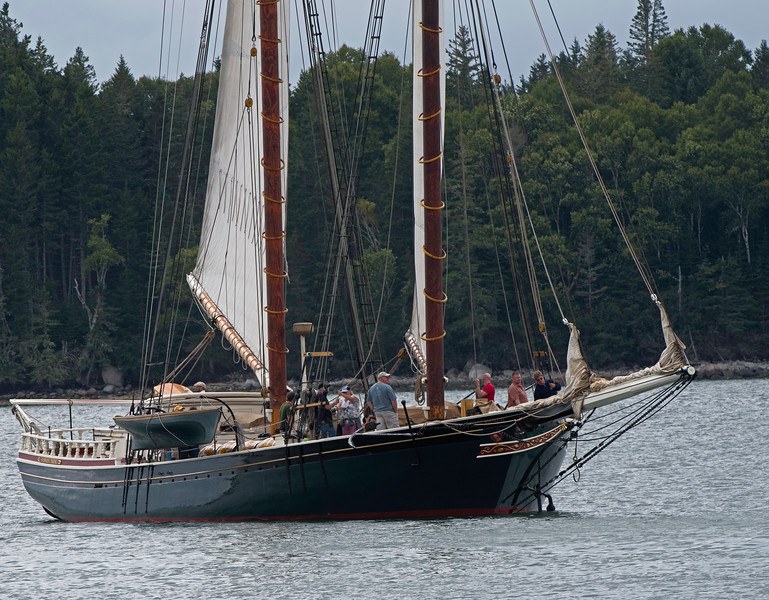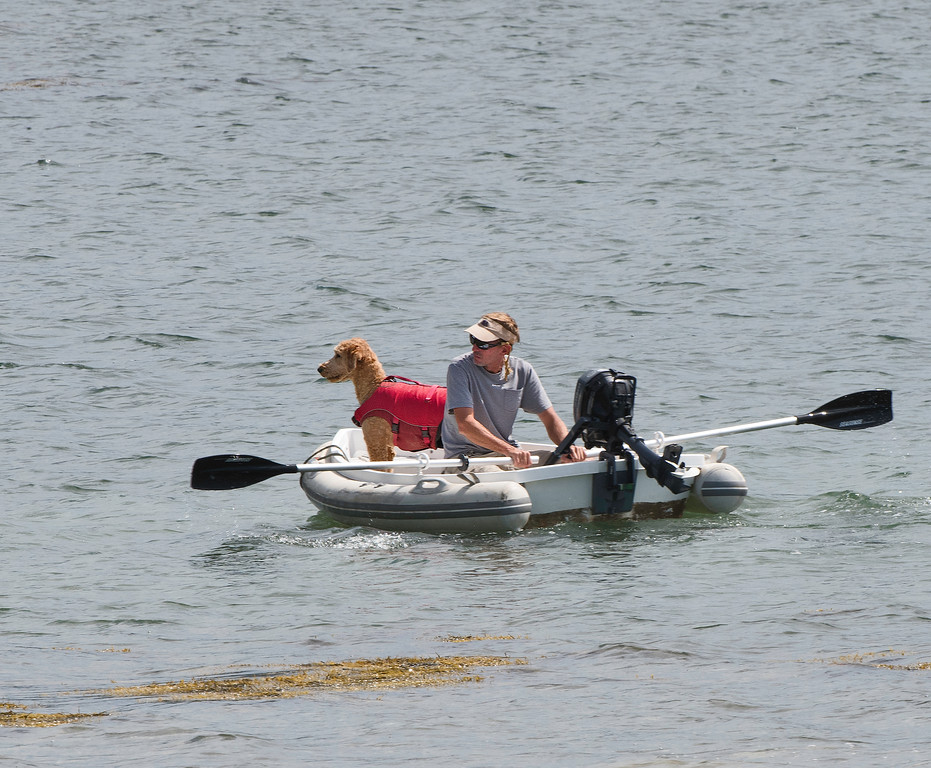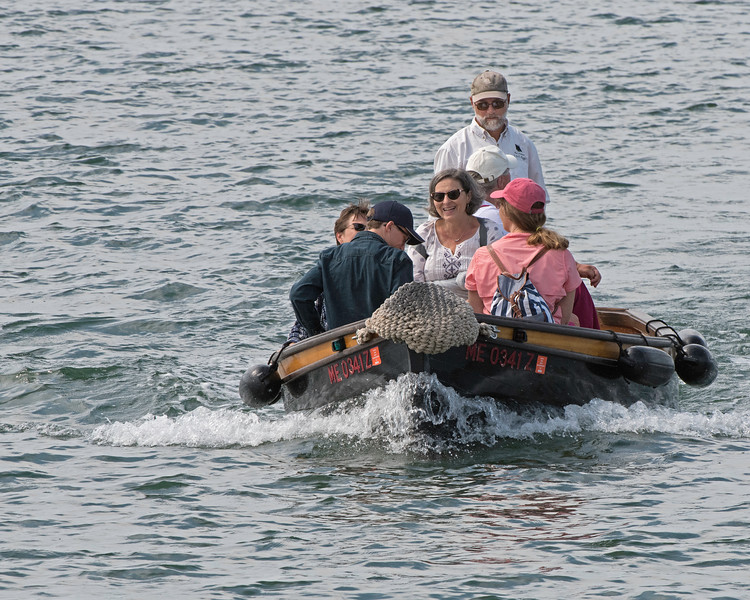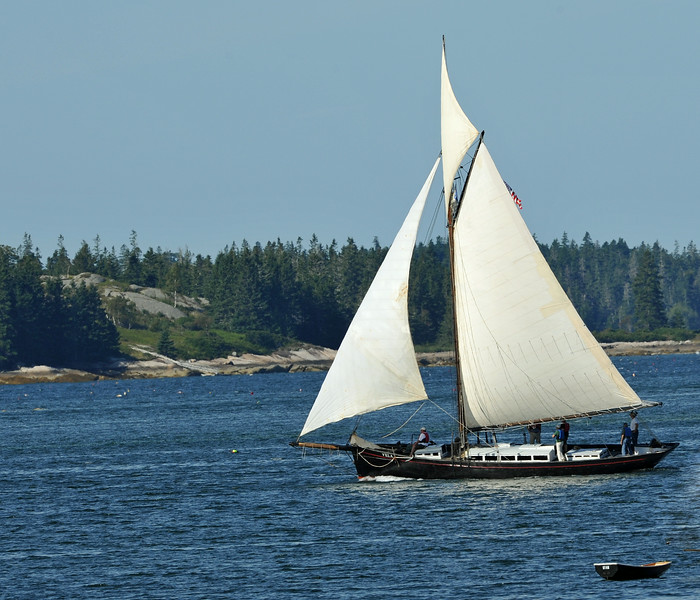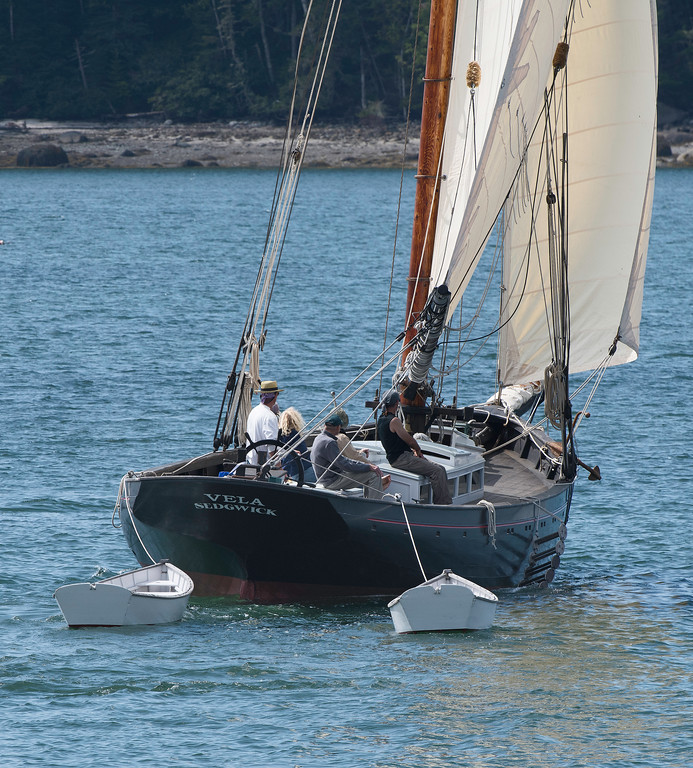It’s Labor Day, one of our more unusual holidays. This originally was a day for protesting 60- and 70-hour work weeks. In 1894, it was declared a federal holiday in honor of American workers, many of whom never got the day off. In time, however, Labor Day seemed to become better known as the last unofficial day of summer, a day to relax. That brings us to the image below, which was taken here Saturday (September 1).
It’s shows a very relaxed sailor in a handmade wooden boat of vintage American design. That boat and the joy it brings is a reminder of an age when very hard-working and very talented people built and sailed vessels and undertook other types of difficult work that contributed to the exceptionalism of America. We like to think that we’re still benefitting from the fruits of that hard work. (Brooklin, Maine)



